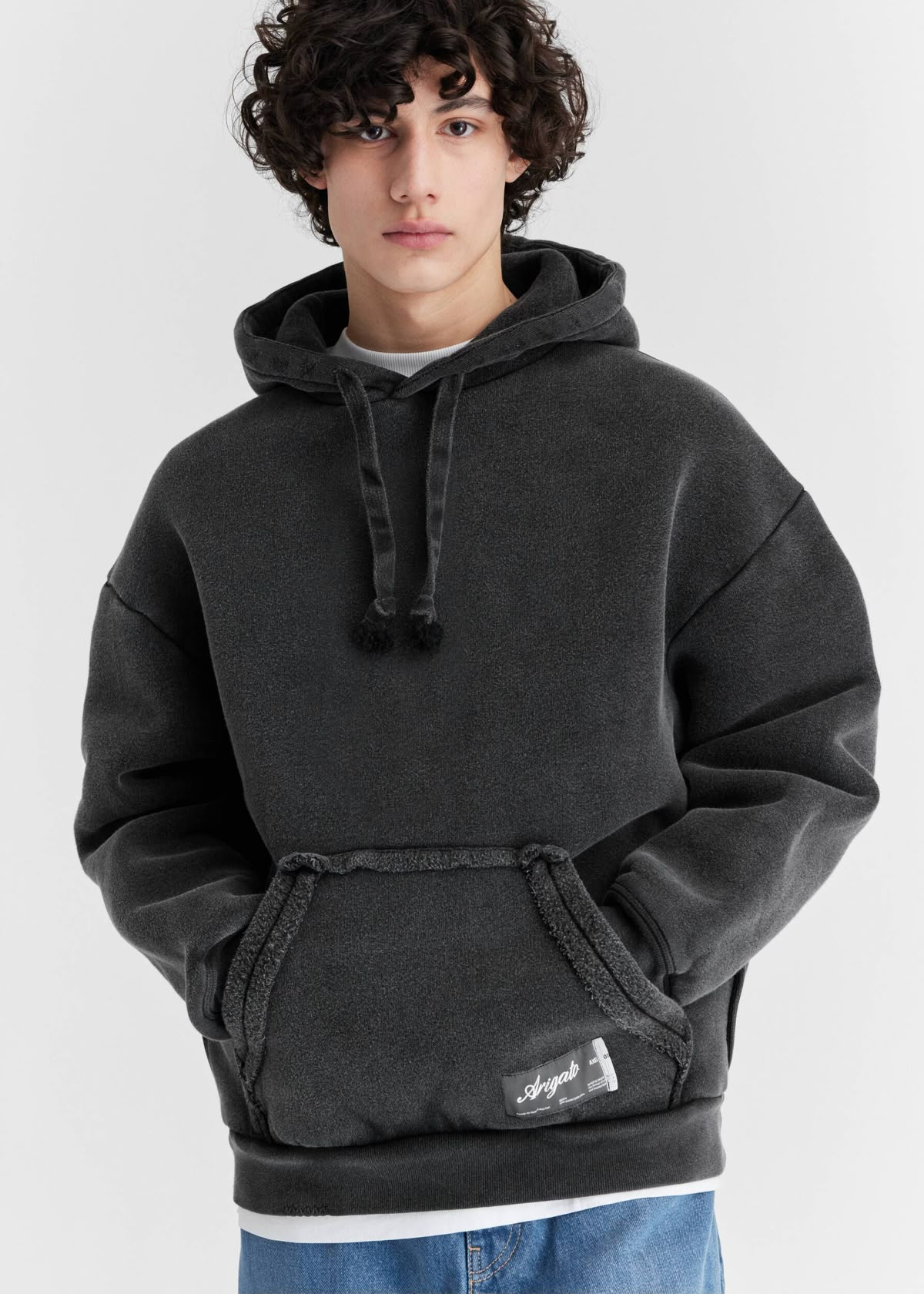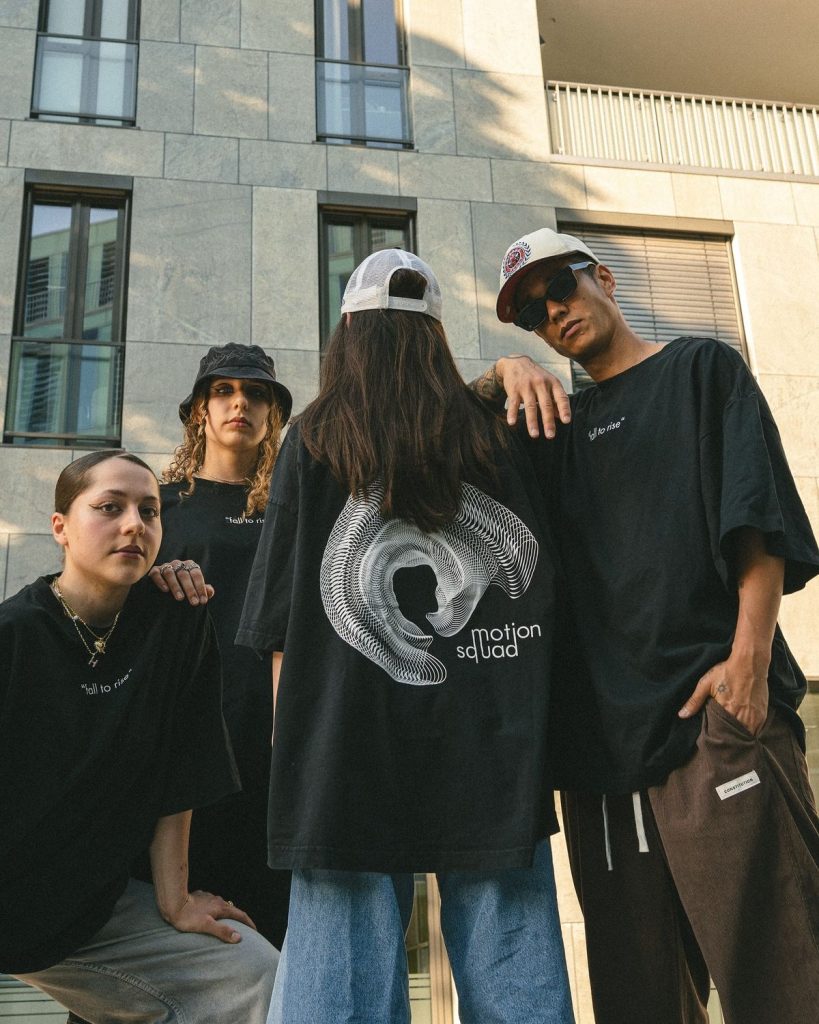Introduction
In 2025, the boundaries between technology and fashion no longer exist—they intersect, overlap, and amplify one another in bold, unprecedented ways. The fusion of code and couture is redefining how garments are conceived, created, and consumed. Algorithms are not just behind-the-scenes engines; they are creative collaborators, fueling a new era where data-driven design meets the human imagination. In this landscape, fashion becomes dynamic, adaptive, and increasingly personalized. “Code & Couture” explores how machine learning, generative design, and artificial intelligence are transforming aesthetics, pushing the fashion industry beyond traditional craftsmanship and into the realm of computational elegance.
The Rise of Algorithmic Design in Fashion
The use of algorithms in fashion has evolved from optimization tools to core elements of the creative process. Designers in 2025 harness machine learning models to analyze consumer preferences, forecast trends, and generate design concepts in real time. These algorithms learn from visual data sets, street style archives, and cultural touchpoints to suggest unexpected yet relevant design combinations. Rather than replacing human creativity, algorithmic design enhances it, serving as a catalyst for experimentation and accelerated innovation. Through this collaboration, fashion becomes more attuned to its audience, reflecting both personal identity and collective cultural shifts.
Generative Aesthetics: Machine Learning as Creative Partner
Generative design systems use AI to produce original patterns, shapes, and textures by analyzing existing fashion databases and learning design rules. In 2025, couture houses and independent designers alike use these systems to produce everything from textile prints to garment structures. By inputting parameters like mood, silhouette preference, and color schemes, designers can explore thousands of iterations within seconds. These results often reveal unconventional outcomes that a human might overlook, encouraging a new kind of aesthetic evolution. Generative aesthetics bridges the gap between traditional design intuition and machine-calculated creativity, giving rise to a future-forward visual language.
Data-Driven Personalization and Hyper-Custom Fashion
Consumer expectations have shifted from mass appeal to intimate relevance. In 2025, fashion is deeply personal, shaped by data harvested from wearers’ habits, tastes, and digital behaviors. Algorithms analyze this information to create one-of-a-kind garments tailored to individual lifestyles. Whether it’s a fitness-based activewear recommendation or a mood-based wardrobe capsule, personalized fashion enhances emotional connection and functional fit. Brands offer real-time customization platforms powered by AI, allowing consumers to co-create their clothing. The result is a fashion ecosystem where every piece tells a unique story, coded not just in fabric but in data.
Wearable Technology and Smart Textiles
The fusion of code and couture goes beyond design—it extends to functionality. Wearable technology in 2025 integrates seamlessly with fashion, transforming garments into intelligent interfaces. Smart textiles respond to temperature, adjust opacity with lighting conditions, or change color based on mood. Embedded sensors track posture, hydration, and biometric signals, turning everyday outfits into health monitors and performance enhancers. Designers partner with engineers to craft silhouettes that balance beauty with utility. These innovations are not only stylish—they offer life-enhancing features that redefine what clothing can do.
The Algorithm as Muse: Reimagining Inspiration
Designers once found muses in muslin, sketches, or street style snapshots. In 2025, the algorithm becomes a new kind of muse—one that presents endless possibilities, provokes unexpected inspiration, and reshapes how creativity unfolds. Designers feed neural networks with mood boards, film clips, architectural forms, and historical garments. The algorithm processes these inputs, synthesizing connections and visual references into generative outputs. These data-driven muses challenge creative boundaries, offering a collaborative relationship between human intuition and machine exploration. The result is design that is both grounded in tradition and electrified by innovation.
Redefining Craftsmanship in a Digital Age
Craftsmanship has long been associated with handwork, legacy, and tactile mastery. In 2025, craftsmanship evolves to include digital fluency and algorithmic skill. The couture of the future involves writing scripts, managing data flows, and calibrating generative models. Sewing machines are guided by motion sensors, and embroidery patterns are printed with robotic precision. Human artisans now work alongside machines, elevating traditional skills through technological augmentation. This synergy doesn’t diminish craftsmanship—it reimagines it. By merging analog sensibility with digital sophistication, fashion artisanship becomes a dialogue between past heritage and future possibility.
Virtual Runways and Augmented Presentation
Fashion shows in 2025 are immersive experiences powered by augmented reality, projection mapping, and real-time interaction. Virtual runways allow designers to showcase collections to global audiences without geographic limitations. Code is used to choreograph models, animate fabrics, and create environments that respond to audience engagement. Viewers can interact with garments through their devices, switch colorways, zoom into textures, or view behind-the-scenes processes coded into the presentation. These digital showcases expand narrative possibilities, blending spectacle with storytelling. The fashion show becomes a convergence of theater, technology, and personalized connection.
Ethics, Transparency, and Responsible Algorithms
With great innovation comes great responsibility. As algorithms shape the future of fashion, the industry must confront questions of bias, ethics, and inclusivity. In 2025, brands are called to audit their data sources, diversify their training sets, and ensure that algorithmic outputs reflect equitable representation. Transparency becomes a core brand value, with blockchain and open-source platforms revealing how decisions are made and garments are constructed. Ethical coding becomes as important as aesthetic styling. The fusion of code and couture is not just about beauty—it’s about fairness, accountability, and intentional progress.
Sustainability Through Intelligent Systems
Sustainability is no longer a side initiative—it is central to the fashion ecosystem of 2025. Algorithms optimize supply chains, reduce waste through predictive production, and monitor resource usage in real time. Designers use code to simulate fabric behavior before production, minimizing sampling and overstock. AI helps track the full lifecycle of garments, from creation to resale or recycling. Smart labels offer consumers insights into origin, impact, and care. This synergy between intelligence and responsibility positions fashion as both innovative and environmentally conscious, paving the way for sustainable elegance.
Conclusion
The convergence of algorithms and aesthetics in 2025 marks a profound evolution in the fashion world. Code is no longer a background tool—it’s a creative partner, a functional layer, and a moral compass. Couture, once defined solely by thread and technique, now thrives on data, interaction, and intelligent design. As fashion embraces this digital dialogue, it unlocks new dimensions of beauty, personalization, and impact. In this fusion, the future is not only stylish—it’s smart, sensitive, and spectacularly human.



